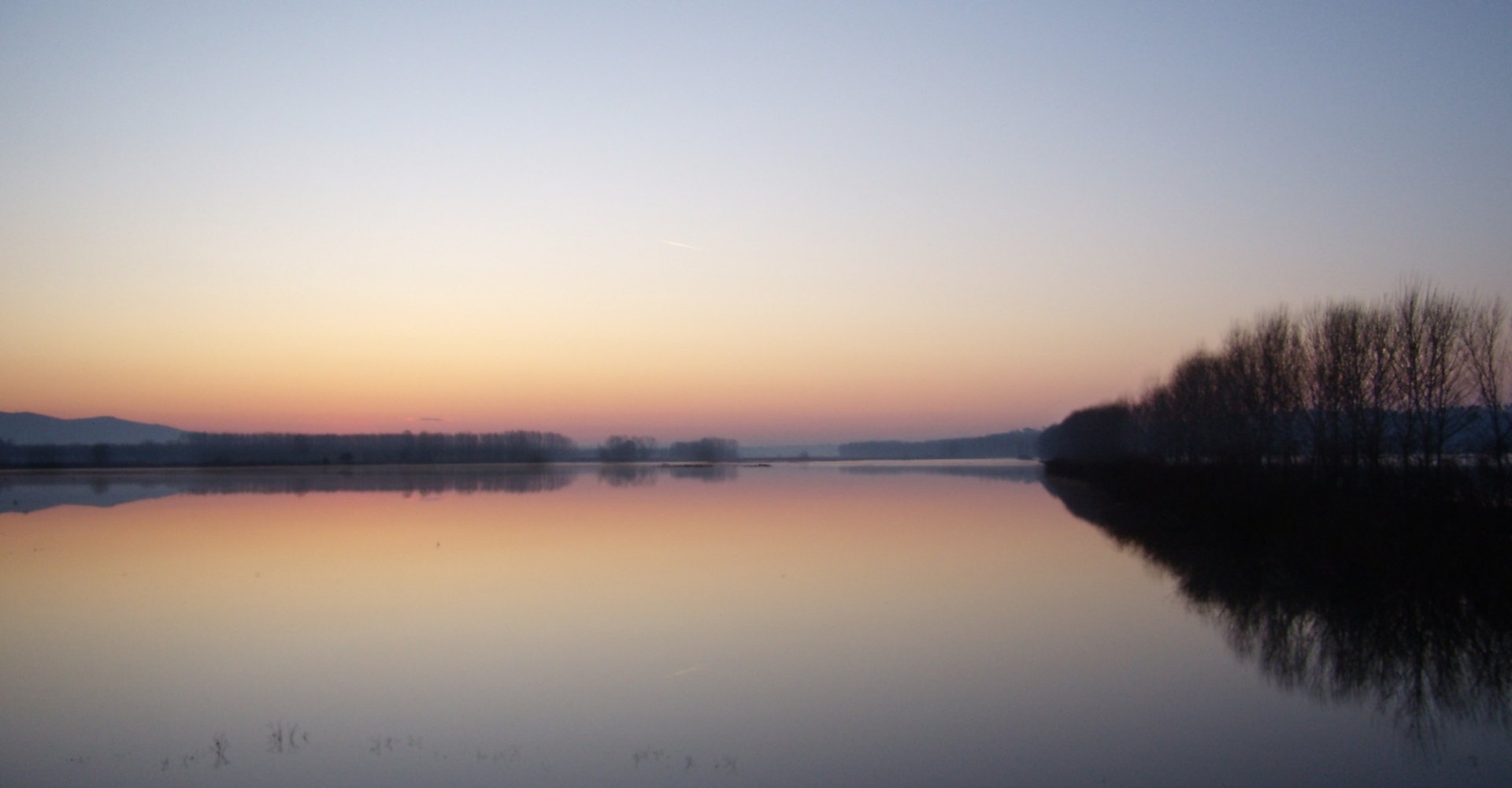Ponte Buggianese is a quiet village located in the low land of the Valdinievole, built not before the 16th century as a result of the shrinking of lake Fucecchio and the ensuing population of the plains of Uzzano and Buggiano. At that time a number of churches began to be built in the territory bordering the Padule and particularly in Ponte Buggianese, where a small parish church was built. From that time the village began to consolidate its identity as a religious community of the plain.
As the process of populating the marshy countryside corresponded with the rise of a distinctive feeling with respect to Buggiano, a sense of belonging arose which soon became evident with the increasingly frequent claims to autonomy, both in the church and in local affairs. In the 1700s Ponte Buggianese passed under Leopold's rule, and at the end of the 18th century it broke away from the municipality of Buggiano, becoming completely autonomous.
Along a walk through the town, a visit to the Santuario della Madonna del Buon Consiglio (Sanctuary of the Madonna del Buon Consiglio) is worthwhile. The Sanctuary, in addition to its Baroque facade, preceded by a three-arched portico, owes its importance to the cycle of frescoes painted by Pietro Annigoni and his pupils starting in 1967. Given its proximity to the Padule di Fucecchio (Padule Marshes), Ponte Buggianese is an excellent starting point for excursions through the fascinating natural area.
